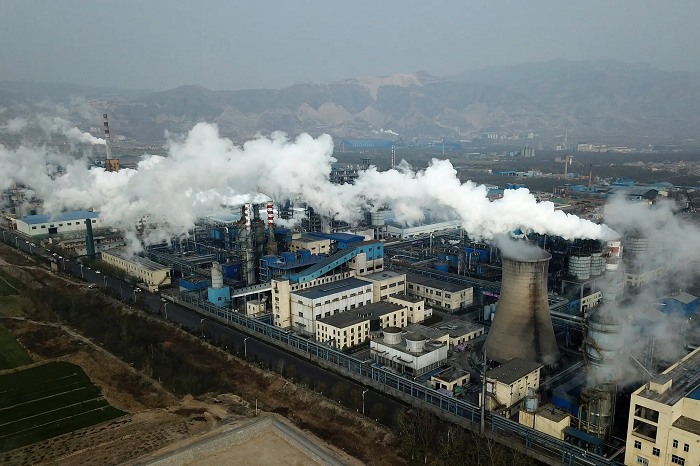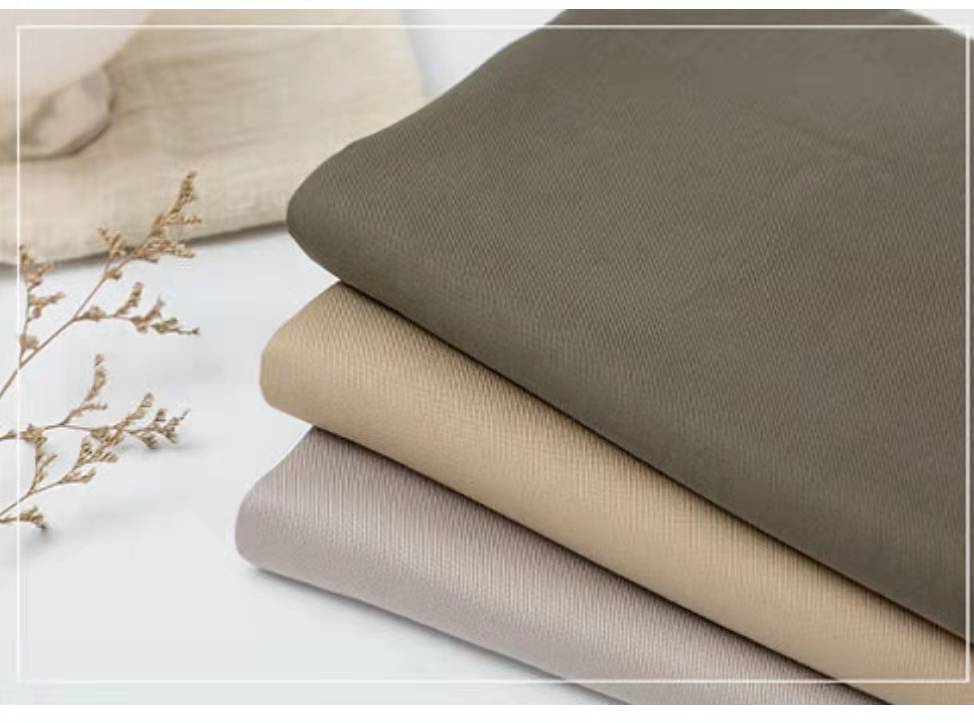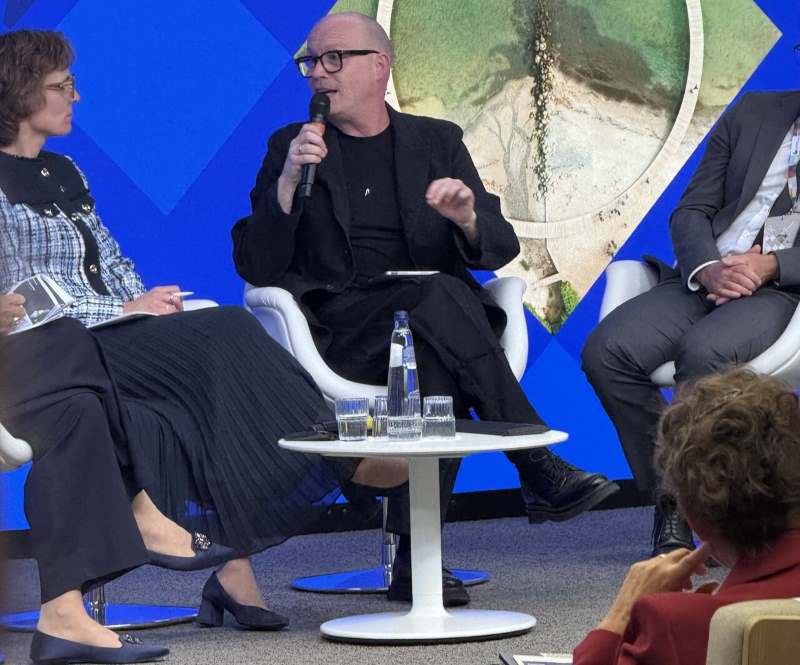
In the quiet industrial corridors of Ethiopia’s Hawassa Industrial Park, rows of sewing machines with local workers assemble garments destined for global retail shelves, many of them carrying ‘Made in Ethiopia’ tags, but backed by Indian capital, expertise, and supply chains. This scene captures a profound shift underway in India’s apparel export story. Confronted by rising costs, tariff headwinds, and intensifying competition from regional rivals, a growing number of Indian textile and garment exporters are looking beyond traditional manufacturing hubs and planting roots in East Africa.
From KPR Mills and Raymond to Arvind and Gokaldas Exports, Indian firms are exploring or expanding their African footprint, drawn by lower labor costs, preferential trade agreements, and investor-friendly industrial ecosystems. The move signals a new phase in India’s textile evolution one that blends pragmatism with strategic foresight.
Shrinking margins and global trade shifts
For decades, India has been one of the world’s largest apparel exporters, supplying to retail giants like H&M, Zara, and Gap. Yet, in recent years, its competitive edge has dulled. The country’s labor costs have nearly doubled over the past decade, with average monthly wages in apparel clusters such as Tirupur and Bengaluru reaching $130-$150. In contrast, Ethiopian workers earn as little as $60 a month a gap that can decisively alter margins in a price-sensitive global market. “Cost efficiency is no longer a matter of operational discipline it’s a matter of survival,” says an apparel industry executive based in Coimbatore.
Table: India’s apparel exports (FY25).
|
Indicator |
Value/growth |
Source/Period |
|
Apparel exports |
$11.3 billion |
AEPC, Jan 2025 (Apr–Dec FY25) |
|
Year-over-Year (YoY) Growth |
+11.6% |
AEPC, Jan 2025 |
|
Share of Textiles & Apparel in Total Exports |
7% |
Ministry of Commerce, FY25 |
|
Top Export Markets |
US (27%), EU (23%), UAE (9%), UK (6%) |
AEPC, FY25 |
|
Target for 2030 ("40 by 30") |
$40 billion |
AEPC Vision Document |
|
Top Apparel Clusters |
Tirupur, Bengaluru, Noida, Ludhiana, Ahmedabad |
N/A |
Adding to the strain are tariff disadvantages. Bangladesh, India’s closest competitor, enjoys duty-free access to the European Union and the US through trade agreements like the EU’s GSP+ and the US GSP. Indian exporters, by contrast, face duties as high as 10-28 per cent, which erode competitiveness.
The situation worsened in 2025, when the US imposed a 50 per cent tariff on apparel imports from India, a move that sent shockwaves across the industry. Sivaramakrishnan Ganapathi, Managing Director of Gokaldas Exports was quoted saying in Bloomberg “If these duties stay, we have no choice but to look elsewhere.”
Domestic inefficiencies have compounded the challenge. Despite policy efforts, exporters cite slow incentive disbursement, inconsistent power supply, and labor attrition as major bottlenecks. “Factories often take two years to reach even 50 per cent utilization,” notes an AEPC member. “By that time, global demand cycles have already shifted.”
The pull, East Africa’s emerging edge
Against this backdrop, East Africa, especially Ethiopia and Kenya is emerging as an attractive alternative for Indian manufacturers seeking both cost relief and trade advantages.
Governments in the region are aggressively courting foreign investors, offering a combination of tax holidays, customs exemptions, and ready-to-use factory infrastructure. Industrial parks such as Hawassa (Ethiopia) and Athi River (Kenya) have become showcases for this model, promising lower setup costs and quicker turnaround times.
“The ‘plug-and-play’ approach cuts down capital expenditure by up to 40 per cent,” says a senior executive at KPR Mills, which established its African unit to supply European buyers. “The biggest draw, however, is duty-free access to major markets.” Under the African Growth and Opportunity Act (AGOA), apparel produced in eligible African countries enters the US market duty-free. Similar trade privileges exist with the European Union under the Everything But Arms (EBA) arrangement.
Table: East Africa vs. India: competitive analysis in the apparel sector
|
Factor |
East Africa (Ethiopia/Kenya) |
India (Comparative position) |
Competitive impact on India |
|
Monthly Labor Cost (Avg.) |
$55–65 |
$ 130-150 (Approx 150% higher) |
Massive Cost Disadvantage: East Africa offers a significantly lower wage base, making it a highly attractive, cost-leader destination for high-volume, low-margin garment assembly. |
|
Duty Access to US |
0% tariff (under AGOA) |
16-32% tariff (standard MFN rate) |
Immediate Price Gap: Creates a direct 16-32% final price advantage for East African products, severely limiting India's price competitiveness in the largest global market. |
|
Duty Access to EU |
0% tariff (under EBA/GSP) |
9-12% tariff |
Significant Tariff Barrier: Grants East Africa cost-free entry, undermining India's efforts to grow market share in the EU without a Free Trade Agreement (FTA). |
|
Corporate Income Tax Holiday |
Up to 10 years (Ethiopia) |
5 years (under the PLI Scheme) |
Superior FDI Incentive: The longer tax holiday offers a more stable, attractive long-term incentive for global brands and foreign investors (including Indian companies) to set up operations. |
|
Industrial Infrastructure |
Plug-and-play industrial parks (Hawassa, Bole Lemi) |
Fragmented clusters with some large, integrated units |
Faster Entry & Scalability: Integrated parks simplify logistics, utilities, and customs clearance, offering a quicker and less complex setup for buyers looking to diversify sourcing. |
|
Cotton Sourcing Potential |
3 million ha suitable; <10% under cultivation |
Cotton shortfall due to climate and acreage decline (High MMF focus) |
Future Vertical Integration: East Africa has the arable land to establish a fully integrated supply chain (from cotton to garment), which would counter India's existing backward integration strength and reduce their reliance on imported fabric. |
|
Response from Indian Exporters |
N/A |
Investing in and expanding manufacturing units in Kenya and Ethiopia. |
Co-opting the Advantage: Indian exporters are mitigating the tariff barrier by leveraging their capital and expertise to operate from East Africa, using it as a manufacturing platform for US/EU-bound orders. |
For Indian exporters, this effectively neutralizes their big disadvantage allowing them to compete head-on with Bangladesh and Vietnam on price and access. Africa also offers another crucial advantage: raw material availability. The continent produces about 10 per cent of global cotton, much of it underutilized. Coupled with a young and growing labor force, this gives manufacturers the potential to build vertically integrated operations, from spinning to stitching.
India’s footprint expands
A handful of Indian textile majors have already made decisive moves.
KPR Mills, for example, one of Tirupur’s largest exporters, set up a factory in Ethiopia to take advantage of AGOA benefits and reduce labor costs. The company’s leadership has called the move strategic and inevitable in a world driven by trade differentials. Similarly, Raymond Ltd, a household name in Indian textiles, invested nearly Rs 130 crore to establish a jacket manufacturing plant in Ethiopia, tapping into the country’s investor-friendly regime. And Arvind Ltd and Best Corporation have initiated operations or sourcing partnerships in East Africa.
Meanwhile, Gokaldas Exports, facing tariff shocks in its core US markets has explicitly announced its intention to expand production capacity in Africa. “To serve our customers competitively, we need to manufacture where trade access aligns with demand,” Ganapathi said.
This suggests a systematic recalibration rather than a short-term response a sign that Africa may soon become an integral part of India’s apparel export network.
Following China’s footsteps
India’s foray into East Africa isn’t unprecedented. It follows a trail long blazed by China, whose firms began investing in the region over a decade ago as part of Beijing’s ‘Go Global’ strategy. Chinese textile giants like Wuxi No. 1 Cotton Mill and Jiangsu Sunshine Group invested heavily in spinning and weaving operations, supported by large-scale government-backed industrial parks such as Hawassa and Bole Lemi.
The Chinese model is instructive: rather than focusing solely on low-cost labor, Beijing built integrated ecosystems complete with dedicated power lines, water systems, customs offices, and vocational training centers. “They didn’t just build factories; they built value chains,” notes a Delhi-based trade analyst. “India’s approach so far is more transactional to replicate China’s success, it must think long-term.”
That means not just producing garments in Africa, but developing local skills, investing in cotton farming, and creating logistics infrastructure that reduces dependency on imports.
Africa’s growing pains
Despite the optimism, operating in Africa comes with challenges. Productivity levels remain low, with factory efficiency often at 40-45%, according to industry reports. “The workforce is eager but inexperienced,” says an Indian production manager overseeing a unit in Kenya. “It takes months of training before we reach acceptable productivity levels.”
Infrastructure, too, is patchy. Transport bottlenecks and customs delays can stretch lead times to 120-150 days, undermining the agility needed for fast-fashion supply chains. Political instability, particularly in Ethiopia, has also disrupted operations at times. Still, Indian investors remain cautiously optimistic. “These are teething troubles,” says a senior textile executive. “The fundamentals cost, access, and demographics are in Africa’s favor.”
What this means for India’s apparel future
Rather than signaling a retreat, the shift to Africa reflects a diversification of India’s apparel industry. Analysts expect exporters to adopt a dual-sourcing model keeping high-value, design-led, and quick-turnaround production in India, while shifting bulk and price-sensitive orders to African bases.
This could, in fact, redefine India’s role in the global apparel value chain. The country may evolve from being a manufacturing center to a hub for design, innovation, and raw material supply, supporting its offshore factories across Africa and Southeast Asia. At a policy level, the trend underscores the urgency for India to secure Free Trade Agreements with key markets. Negotiations with the UK and the EU including the proposed Comprehensive Economic and Trade Agreement (CETA) are being closely watched.
As global apparel trade undergoes tectonic shifts, India’s exporters are proving both nimble and pragmatic. Moving into Africa is not just about chasing cheaper labor; it’s about future-proofing against policy risks, tariff volatility, and evolving consumer timelines. The tags may soon read ‘Made in Ethiopia’ or ‘Made in Kenya’ but behind many of them will be the design rooms, spinning mills, and entrepreneurial spirit of Indian textile firms quietly rethreading their global narrative from Tirupur to the tropics.











